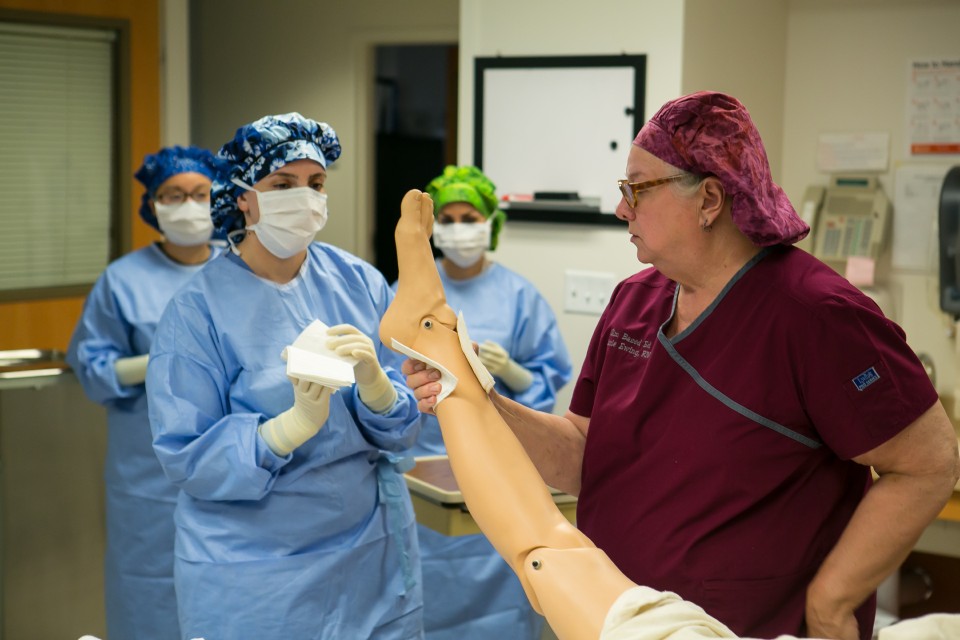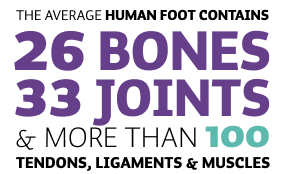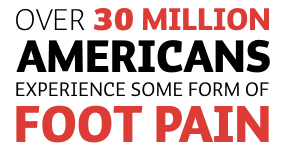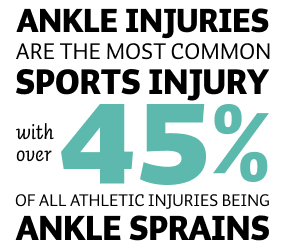Podiatric Medicine is more than just a medical specialty. Doctors of Podiatric Medicine (DPMs) are trained specifically on the unique anatomy, biomechanics, and pathologies of the human foot and ankle.
Podiatric medicine is a comprehensive discipline with its own specialties like surgery, dermatology, and wound care.

Curriculum structure for podiatric medical school
Schools of podiatric medicine have standard curriculums, with four year medical education which is robust and rigorous, offering students many challenges, and with opportunities to begin exploring specialization in the third or fourth year. Every school has their own order of classes, but these are courses a student will encounter:
First Year:
- Anatomy
- Lower Extremity Anatomy
- Biochemistry
- Neurosciences
- Physical Diagnosis
- Physiology
- Introduction to Podiatric Medicine
- Microbiology
- Immunology
- Genetics
- Biomechanics
- Research
Second Year:
- Pathology
- Pharmacology
- Physical Diagnosis
- Microbiology
- Immunology
- Genetics
- Biomechanics
- Research
- Medicine
- Orthopedics
- Podiatric Surgery
- Radiology
Third Year:
- Immunology
- Genetics
- Biomechanics
- Research Medicine
- Orthopedics
- Podiatric Surgery
- Radiology
Fourth Year:
- Clinical Rotations (in various podiatric medical specialties)
- Podiatric Medicine and Surgery Electives
- Residency Interviews and Preparation
- Clerkship
During the clinical rotations, students get hands-on experience in different specialties of podiatric medicine, such as sports medicine, wound care, and diabetic foot care.
After completing the four-year program, graduates complete a three-year podiatric medicine and surgery residency program, which is required for licensure in the United States.
Find out more details about the specific curricula offered by visiting the websites of AACPM’s 11 colleges and schools of podiatric medicine.
My favorite class or clinic so far has been my last rotation based out of a hospital. Which offered wound care and trauma and be on call for that which was exciting to do and be hands on with.




